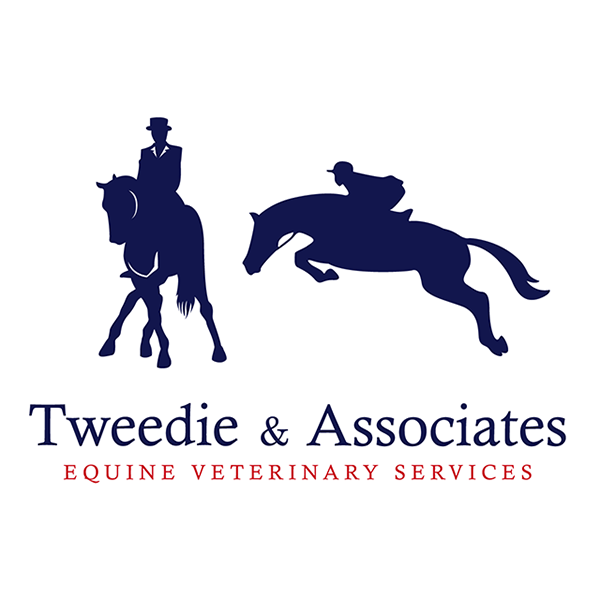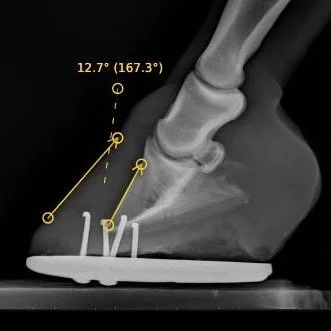Body Condition Scoring
Body condition scoring is a very important assessment tool to use for your horse.
Knowing where they are in the scale is so important.
Generally we use a scale of 1 to 9:
Emaciated : Horse extremely emaciated. Spinous processes, ribs, tailhead, tuber coxae and ischii projecting prominently. Bone structure of withers, shoulders and neck easily noticeable. No fatty tissue can be felt.
Very thin : Horse emaciated. Slight fat covering over base of spinous processes, transverse processes of lumbar vertebrae feel rounded. Spinous processes, ribs, tailhead, tuber coxae and ischii prominent. Withers, shoulders, and neck structures faintly discernible.
Thin : Fat build up about halfway on spinous processes, transverse processes cannot be felt. Slight fat cover over ribs. Spinous processes and ribs easily discernable. Tailhead prominent, but individual vertebrae cannot be visually identified. Tuber coxae appear rounded, but easily discernible. Tuber ischia not distinguishable. Withers, shoulders and neck accentuated.
Moderately Thin : Negative crease along back. Faint outline of ribs discernible. Tailhead prominence depends on conformation, fat can be felt around it. Tuber coxae not discernible. Withers, shoulders and neck not obviously thin.
Moderate : Back level. Ribs cannot be visually distinguished but can be easily felt. Fat around tailhead beginning to feel spongy. Withers appear rounded over spinous processes. Shoulders and neck blend smoothly into body.
Modertely Fleshy: May have slight crease down back. Fat over ribs feels spongy. Fat around tailhead feels soft. Fat beginning to be deposited along the side of the withers, behind the shoulders and along the sides of the neck.
Fleshy : May have crease down back. Individual ribs can be felt, but noticeable f illing between ribs with fat. Fat around tailhead is soft. Fat deposited along withers, behind shoulders and along neck.
Fat : Crease down back. Diff icult to feel ribs. Fat around tailhead very soft. Area along withers filled with fat. Area behind shoulder filled with fat. Noticeable thickening of neck. Fat deposited along inner thigh.
Extremely Fat : Obvious crease down back. Patchy fat appearing over ribs. Bulging fat around tailhead, along withers, behind shoulders and along neck. Fat along inner thighs may rub together. Flank filled with fat.
We recommend considering using an App such as University of Glasgow Equi-BCS App in the app store: EQUI-BCS This can also be found on the Google store.
Another helpful trick is to ask a friend to score your horse to make sure you are getting an accurate assessment. Then monthly assessing your horse.
Ensuring that feeding is matching exercise levels and also also body weight will ensure that your horse can avoid some of the issues such as Laminitis with this body weight issue.
Laminitis with rotation


